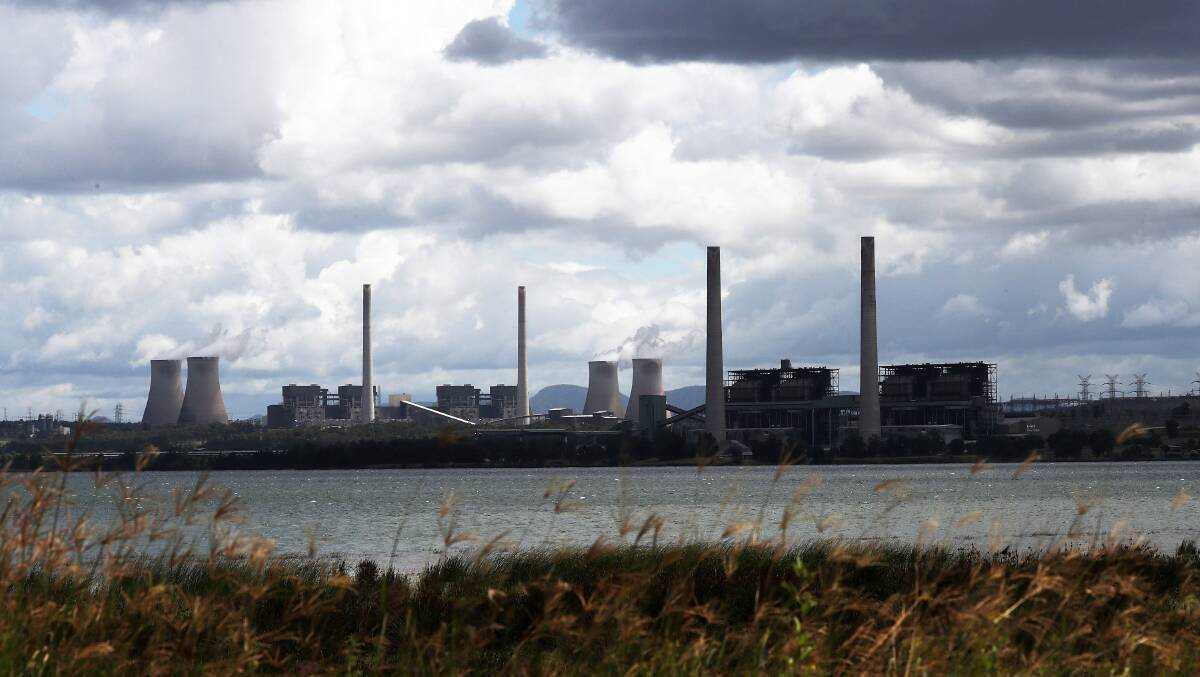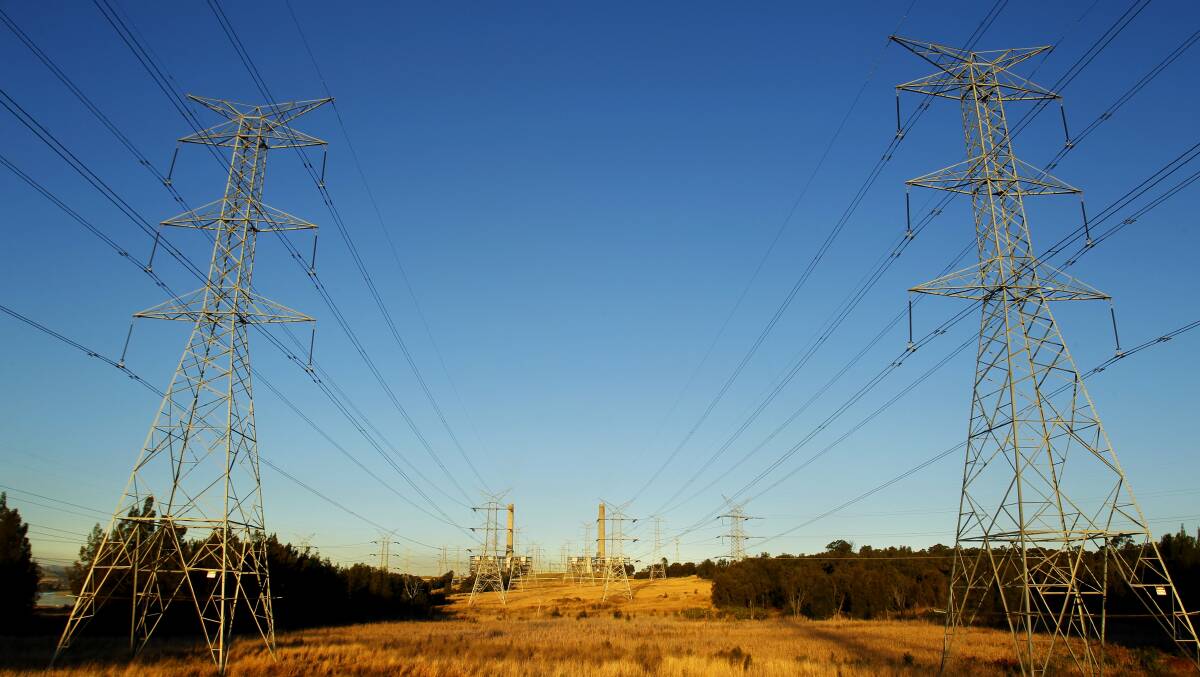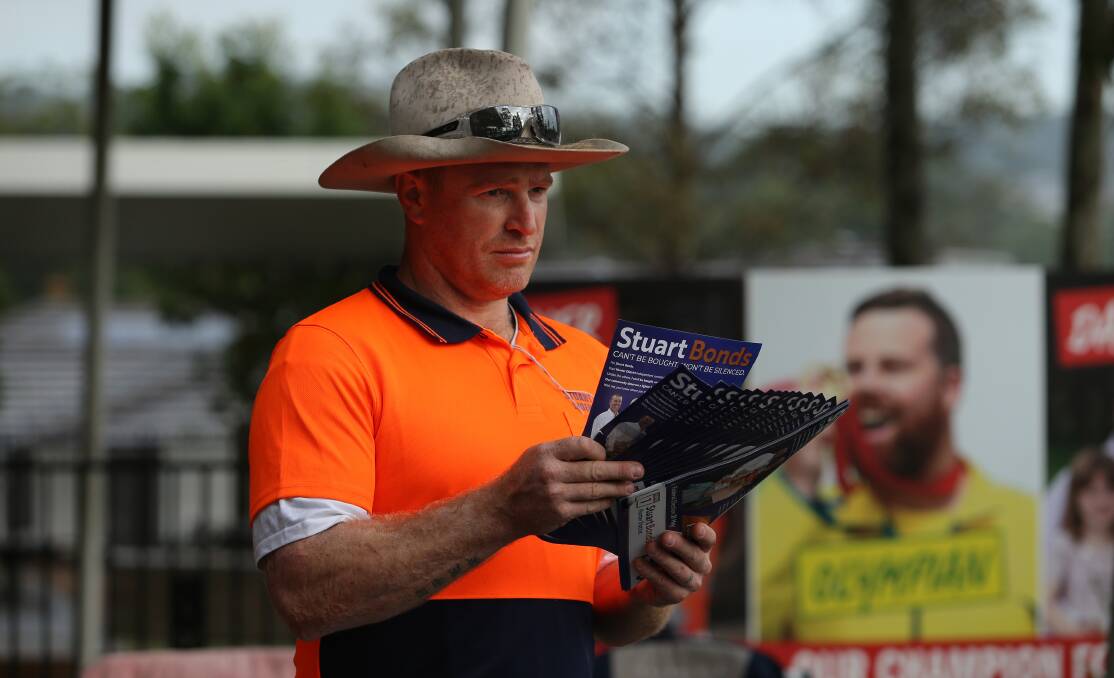
"We've got a fair few pieces in place, but when you stack us up against regions in other states, there are some obvious holes.
- Warrick Jordan
About $65 million a year needs to be invested over the next decade to ensure the Hunter is prepared for the economic changes and challenges facing the region, according to a new analysis.
Subscribe now for unlimited access.
$0/
(min cost $0)
or signup to continue reading
It is believed the analysis, undertaken by the Hunter Jobs Alliance, is the first time a government or non-government organisation has studied the specific needs of Hunter communities in the context of the looming changes in the mining and power generation industries.
The analysis, which forms the basis of an options paper titled Structural change responses in the Hunter, assessed new policies as well as how comparable regions interstate were dealing with transition.
The alliance's research is also informed by a survey of community attitudes to economic change in the region.
The survey, conducted in February, found 67 per cent of 3500 Hunter locals expected large economic changes caused by shifts in mining and energy in the next 15 years. The figure was 69 per cent in the Upper Hunter.
Sixty four per cent of respondents said responding to economic change should be treated as an urgent priority.
Seventy three per cent said they supported the establishment of a Hunter Valley Authority to 'coordinate responses to economic change, attract jobs and investment, and assist workers'.
The alliance's analysis found new initiatives, including the Rejuvenation Fund, Hunter Expert Panel, investment attraction activities and Renewable Energy Zones had significantly improved the Hunter's capacity to respond to change.
Yet critical gaps, including worker support services, coordinating responses to industrial closures, regional expertise and advice on structural change, industrial land reuse, diversification support for supply chain businesses, and landscape restoration, remained.
It argues that these gaps could be efficiently addressed through doubling the Royalties for Rejuvenation Fund to $50 million per year, and a $15 million annual investment in a regional structural change authority, to deliver on-ground support across the region, with a head office in the Upper Hunter.
These investments should be committed over a ten-year time period, totalling $650 million, as an equivalent state government investment to similar regions in WA and Victoria. The separate Resources for Regions infrastructure and community fund should also be retained at least at current levels.

"There is a hell of a lot of good work happening now," Hunter Jobs Alliance coordinator Warrick Jordan said.
"It's come a long way in a short time. Regional leaders, from councils, elected reps, unions, business and community groups have put in a huge effort to get some movement and that's really bearing fruit.
"The main message is that we've got a fair few pieces in place, but when you stack us up against regions in other states, there are some obvious holes. The services to support affected workers and communities aren't there like we see in Latrobe. There are other fundamentals like coordinating responses to closures, expert advice on economic change, supply chain diversification, and a coherent approach to mine land reuse that we need to address."
The Hunter Jobs Alliance is among groups, including Lock the Gate and the Committee for the Hunter, that are lobbying for the establishment of an independent Hunter authority to coordinate the economic, social and environmental challenges associated with the region's clean energy transition,
Several potential models for an effective regional authority have been identified including evolving the Hunter Expert Panel or an equivalent of the new Northern Rivers Reconstruction Corporation.

Some specific areas, such as employment land reuse or landscape regeneration, could be addressed by adding discrete functions and resourcing to existing regional agencies such as the Hunter and Central Coast Development Corporation or Local Land Services, however most of the outstanding gaps, such as worker support services, closure response coordination, and structural change advisory services required new, dedicated capacity.
"The progress is there but with a bit more momentum we'll be properly set up, the Hunter can move past the conversations about how we might deal with change and what resources are needed, and get on with the main game of getting out on the ground, supporting people and taking our best shot at getting new jobs created," Mr Jordan said.
"On the back of the advocacy of many people in the region, and the changes that are unfolding, we should be able to lock in those outstanding pieces of the puzzle."
The Herald asked the government to justify the decision, but it did not respond.
Stuart Bonds, a miner who ran as an independent candidate for the seat of Hunter, said the region's transition should be funded from a tax on the region's coal exports.

"If this is the road that the government is determined to take (transitioning away from coal), which it looks like it is, then it is the responsibility of the government, the communities and the companies to make sure that there is a fair transition," he said.
"To me, the best way of doing that is to whack a 1 per cent tax on every tonne of coal that leaves the Hunter. That money can only be spent in the area where it came from; it doesn't go to Macquarie Street and only 10 per cent of it comes back. I think that would be a fair system and it wouldn't hit the bottom line of the NSW budget. Also, the coal mines wouldn't have to do anything because they will have paid their way."
Mr Bonds said there was an urgent need for governments to attract new heavy industries to the region to avoid what he predicted would be a skills exodus in coming years.
"Those guys tend to chase the money. Moving heavy industry to this area is the only thing that will help us retain those people and their skill sets," he said.
A recent report commissioned by Lock the Gate estimated more than 13,500 jobs and $3.7 billion in economic output could be generated in the Upper Hunter from post-mining rehabilitation and sustainable land use over the next two decades.
The EY Consulting report, Diversification and growth, modelled three scenarios for this land: the status quo, where mining companies rehabilitate based on their existing approvals; a "maximum conservation scenario", where the extensive buffer lands are restored for biodiversity and/or used for farming; and a "renewable energy precincts scenario" which combines biodiversity restoration with clean industrial development on selected areas of already heavily disturbed former mine sites.
The authors estimate that under scenarios 2 and 3, regional economic activity could increase by around $105 million or $3.6 billion respectively on top of the current trajectory of $95 million for the Hunter.
Both development scenarios also generate substantial job growth. Scenario 3, which involves investment into renewable industries, could increase annual employment by an additional 13,300 full time jobs.
Alan Finkel, who was Australia's chief scientist from 2016 to 2020 and who led the 2021 low-emissions technology roadmap project, said patience would be required by governments, industry and the community to achieve a positive economic transition in regions such as the Hunter.
"It takes not months but years to achieve a just transition in terms of investing in new businesses, training people for new job opportunities, dealing with short term disruption." he said.
"It's also up to people to realise and accept the changes coming and instead of resisting it say, "Okay, what's the opportunity either for me to get retrained or for my son or daughter to train in the appropriate industries of the future."
IN THE NEWS:
- Hunter teachers march in Newcastle on day of strike action
- Entangled Port Stephens humpback whale: rescuers' plea for help
- Fresh Japanese flavour in Honeysuckle's newest offering
- Will Newcastle get a long COVID clinic? The demand is growing
- Newcastle abortion rights rally in Civic Park
- How the Jets' latest re-signing will end up playing for Wellington
- Hunter's place in AEMO's 30-year plan for power grid
- 'Bedwetters': who Nationals leader blames for Newcastle container terminal backdown
Our journalists work hard to provide local, up-to-date news to the community. This is how you can continue to access our trusted content:
- Bookmark: newcastleherald.com.au
- Download our app
- Make sure you are signed up for our breaking and regular headlines newsletters
- Follow us on Twitter
- Follow us on Instagram
- Follow us on Google News


